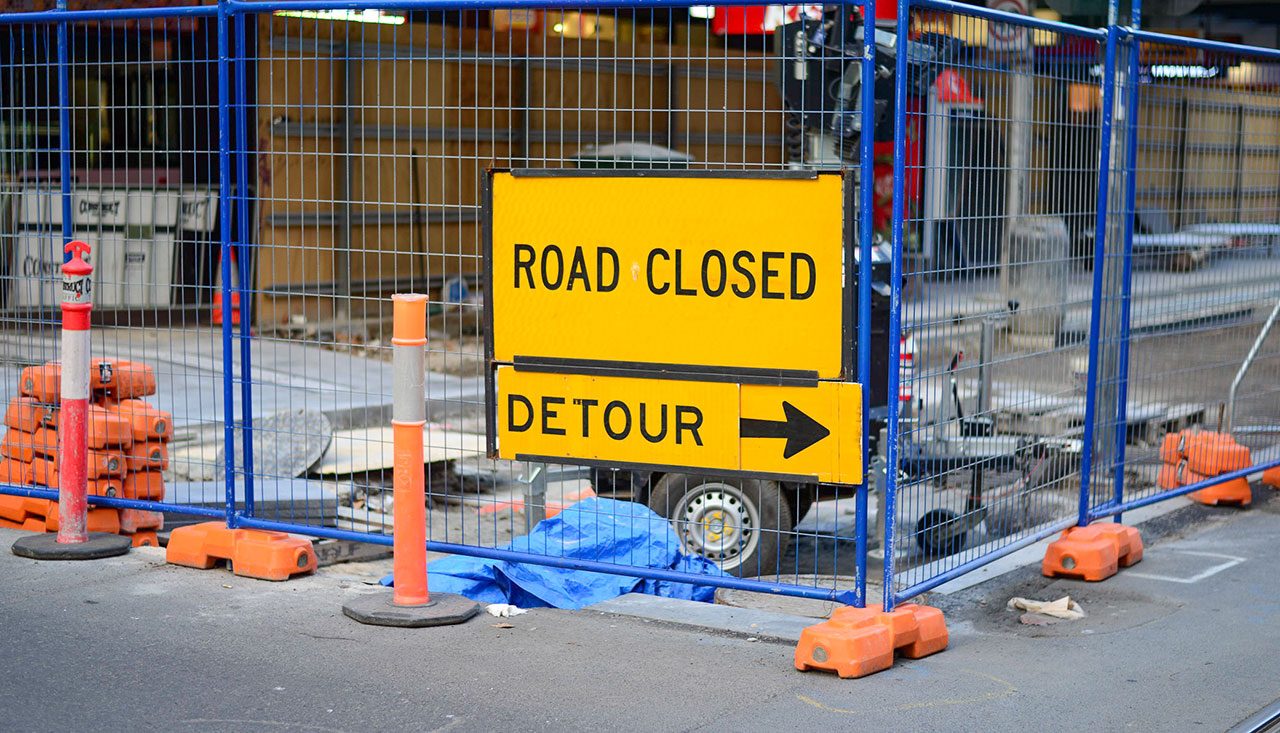This article is from the Australian Property Journal archive
EXTERNAL administrations are at a record high in Australia, amid stubbornly high inflation and interest rates, and nearly a quarter of all tax debt defaults are from businesses in the construction industry.
According to CreditorWatch’s March Business Risk Index, administrations surged 22.1% year-on-year, and while business-to-business payments were slightly down from their record high in February they remain 22.6% higher in annual terms.
Of the more than 15,000 tax debt default records CreditorWatch currently holds from the Australian Taxation Office – outstanding debts of more than $100,000 – 23.8% of businesses are in the construction industry. That is followed by 12.5% in professional, scientific and technical services and 10.7% in food and beverage services.
Of these construction records, 70.4% are from the construction services sector and are mainly smaller sub-contractor businesses, with the remainder in building construction (26.2%), and heavy and civil engineering construction (3.4%).
According to the data, within building construction, residential builders are around 1.5 times more likely to default on a tax debt than non-residential construction companies.
CreditorWatch chief economist, Anneke Thompson, says large tax debts are more difficult to pay off for the smaller businesses in the construction services sector operating as sole traders or partnerships.
“These businesses often have debt secured against personal assets, and debts of $100,000 or more would be a severe imposition on their ability to meet their ongoing financial obligations,” she said.
The industries with the highest probability of business failure over the next 12 months are food and beverage services (7.44%), public administration and safety (5.66%), and arts and recreation services (5.42%). CreditorWatch said that given the large increase in arrears rates in the mining, accommodation and electricity, gas and water services sectors, higher business failure rates in these sectors going forward.
The fresh data picks up from Australian Securities and Investments Commission numbers that showed the construction industry dominated the number of initial external administrators’ and receivers’ reports in 2023, with 1,541 out of the total 5,440 recorded across all industries, or 28%.
Construction businesses have been slammed since the pandemic by supply chain issues, surging materials costs and severe labour shortages. Billions of dollars have been put into doubt at stages. Among the major casualties have been home builder Porter Davis, which collapsed with 1,500 homes under construction in Victoria and 200 in Queensland, construction giant Probuild, and developer Caydon Property Group. Daniel Grollo’s Grocon blamed the NSW government for its woes that led to administrators being called in.
Construction costs stabilise
Some limited relief may be arriving for the sector. Growth in national construction costs continued to stabilise in the first quarter of 2024, CoreLogic’s Cordell Construction Cost Index (CCCI) shows, but costs are still a whopping 27.6% higher than at the start of the pandemic.
The CCCI, which tracks the cost to build a typical new dwelling, recorded a 0.8% rise, on par with the increase seen over the December quarter last year.
This stabilisation in the quarterly trend saw the annual change in the CCCI ease to 2.8% – the smallest annual rise since the year to March 2007 (2.7%) and well below the pre-COVID decade average (4.0%).
CoreLogic Economist Kaytlin Ezzy said while growth in national construction costs have continued to ease from the highs seen through the pandemic, price levels remain elevated.
“The strong fluctuations seen in building material costs over the past few years have levelled out and are now within normal margins,” Ezzy said. No clear trend was seen in timber or metal materials, with price changes normalising.
The elevated building costs when compared to pre-pandemic is likely putting significant pressure on builder’s profit margins, Ezzy said.
Construction costs are expected to remain within usual margins in the coming year. National dwelling approvals have held well below average in 2023 and are continuing to do so into 2024, helping to dampen the growth in construction costs.
Ezzy said the construction pipeline remains “bloated”, with Australian Bureau of Statistics building activity data showing around 255,000 dwellings approved but not yet completed, “which should help keep builders busy throughout 2024”.
National cabinet will embark on its mission to tilt the housing supply shortage in earnest from July, when the National Housing Accord kicks off aiming to deliver 1.2 million “well-located” homes over five years, alongside the Housing Australia Future Fund, which has the aim of 30,000 social and affordable homes, with National Housing Accord Facility to deliver another 10,000 affordable homes.




